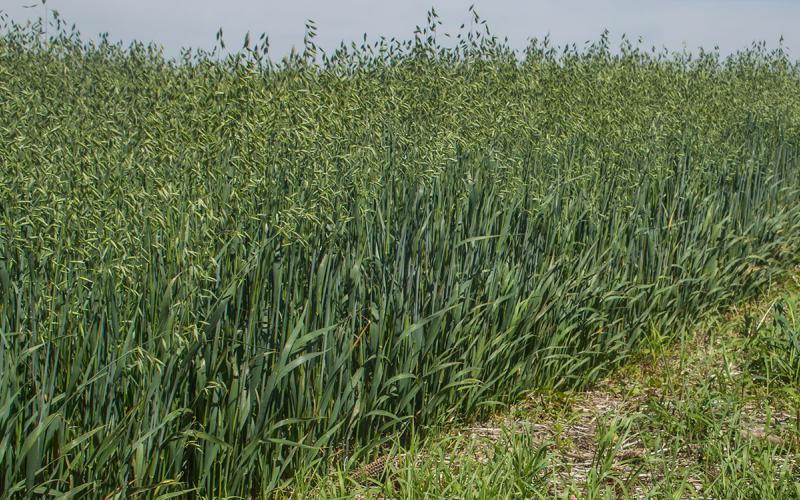Wheat is a major field crop of South Dakota (SD). In 2018, 1.1 million acres of wheat were harvested. About 660,000 of those acres were winter wheat. Although two other major SD crops corn and soybean can suffer significantly from untimely snow and cold temperatures during the season, winter wheat in contrast can markedly benefit from a uniform snow cover during the winter months.
Winter wheat seeded in the fall germinates, grows roots, gets well established, and gradually acclimatized before going dormant during the hard winters of the Northern Plains. If exposed consistently to sub-zero temperatures plant tissues can be damaged permanently.
Benefits of Snow Cover
Even though snow that comes with the onset of cool temperatures could be a nuisance for our daily activities, it can benefit winter wheat crop to a great deal.
Snow has two distinct benefits on winter wheat:
- It provides insulation for young plants, protecting them from extreme fluctuation in air temperatures.
- It provides soil moisture in the spring when snow melts.
Insulation
Although genetics plays a significant role in winter wheat’s ability to tolerate cooler temperatures, not having enough snow cover can impose a risk to any varieties planted, especially when temperatures consistently fall below 0°F. When temperatures fall to negative 5°F or lower, the chances of winter kill increase rapidly. With only few inches of snow, ‘crown’ or the growing point temperatures could only be at few degrees below freezing. As we observed few weeks ago, when air temperature is negative 30° to 40°F, the difference in crown temperature and true air temperature due to snow cover can be substantial for winter wheat survival. Another weather factor that can be damaging to winter wheat crops, is freeze-thaw during the winter.
On the contrary, snow cover also helps winter wheat during above-freezing temperatures. In the last few years, multiple instances of above-freezing temperatures have occurred during winter which can cause permanent damage to wheat plants due to ice injuries. Low temperatures immediately following thaw periods can cause ice accumulation on the soil surface and in some cases even lift the crown or the growing point of the plant above soil surface making it more susceptible to winter kill. Even though wheat plants generally go to dormancy with the onset of winter conditions in the fall, roots and crown continue slow respiration. While using much-needed oxygen for respiration, it produces gases like CO2, ethylene, and methanol. Formation of ice layer often blocks exchange of gases between the soil and air trapping these toxic gases beneath the soil surface causing plants to suffocate and eventually die off. Depending on the overall winter temperatures, three to six inches of snow cover can help to a great extent for winter wheat survival. Snow covered winter wheat fields generally shows better crop stand in the spring.
Soil Moisture
Spring wheat, which as the name suggests is seeded in the spring can also benefit from melted snow as soil moisture is a critical factor in germination and early establishment. South Dakota is a unique wheat growing state in the US as both types are grown in almost equal proportion. Although snow makes farm chores difficult, it plays a role in ensuring a healthy winter wheat crop the following season.


